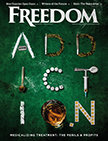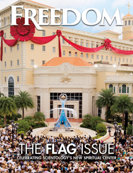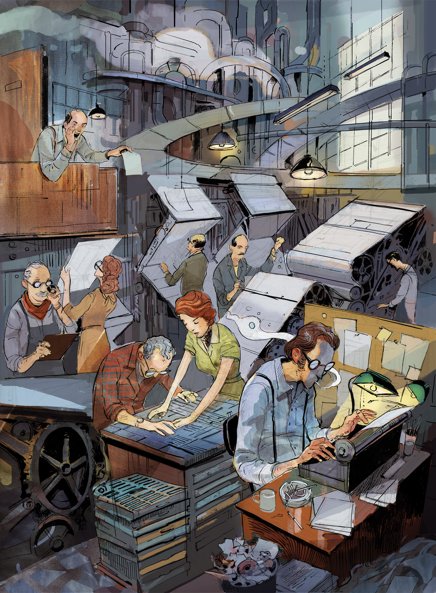Opinion polls consistently show Americans’ confidence in the news media shrinks evermore, but—generally—we still trust in the Fourth Estate.
People are skeptical, but they largely accept what they read, see and hear in the media as “true.” They make decisions based on those assumptions, form points of view—and then act on those viewpoints.
Meanwhile, media outlets encourage readers to assume the truth, accuracy and responsibility of their reporting. But as America saw in the debacle surrounding Rolling Stone’s now-discredited and retracted story on the University of Virginia (UVA), “A Rape on Campus”—such trust is often misplaced.
Not only did Rolling Stone publish false accusations—doing irreparable harm to the reputations of individuals and institutions—they refused to take full responsibility. No one at the magazine was fired, suspended or even reprimanded. And Rolling Stone’s irresponsible journalistic practice was expediently glossed over by an industry well accustomed to exempting itself from the ethical standards it demands of others.
The Columbia University Graduate School of Journalism—asked by Rolling Stone to assess “A Rape on Campus” in the wake of widely reported discrepancies—released findings in April after three months of inquiry, issuing what amounted to a tepid indictment of the story and its preparation.
Published in narrative format and written by the school’s top deans and a research scholar, the assessment, titled “What Went Wrong,” faulted Rolling Stone for numerous mistakes—most particularly errors of omission for failing to verify the story’s basic facts.
The report noted “A Rape on Campus” was infected with so-called “confirmation bias”—the inclination to look for facts that support a point of view while overlooking contradictory ones.
Overlooking contradictory facts is a fundamental form of journalistic negligence—a word conspicuously absent from the Columbia J-School’s findings. While honest mistakes can and do happen, in carrying a story of obvious volatility to millions of readers without performing obligatory due diligence, Rolling Stone slashed a black mark on the ethics of journalism that should not be ignored.
Members of UVA’s Phi Kappa Psi fraternity took the brunt of the story’s false accusations of gang rape, but received no meaningful apology. Associate Dean of Students Nicole Eramo, singled out for criticism in the story, accused the magazine of publishing misquotes and false statements. In a scathing, open letter to Rolling Stone Editor Jan Wenner, Eramo noted that the magazine’s “… so-called apology came only after the Columbia Journalism Review issued its report … which suggests that the magazine is more interested in currying favor with its friends in the media than truly making amends with those of us who have been hurt.”
Rolling Stone didn’t need Columbia Journalism School to tell its editors “what went wrong.” It was obvious.
The magazine failed to identify essential players in its story, not only in print, but also in its own reporting records. It didn’t even try to track down individuals who might verify their accounts, relying instead on the word of a single, anonymous source.
When writer Sabrina Erdely contacted fraternity house officials for comment, she failed to fully disclose details of the allegations the magazine was about to print, making it impossible for them to appropriately respond.
“A Rape on Campus” told the victim’s story so vividly as to outrage readers—reportedly even prompting threats of violence against UVA administrators and the fraternity—in the absence of any credible evidence that a rape ever occurred.
Erdely put comments in quotation marks—indicating speech heard directly from sources—even though she never spoke with the individuals quoted; the remarks were hearsay from the story’s single, unidentified source.
The remedy—for all journalists—is just as plain to see. Sources must be vetted as thoroughly as the stories they’re trying to sell. Skepticism is a seed that must be sown in every newsroom, and take root in every reporter and editor. Transparency is essential.
Otherwise, the vital trust between the public and the media—already so badly damaged—will forever be broken.






























